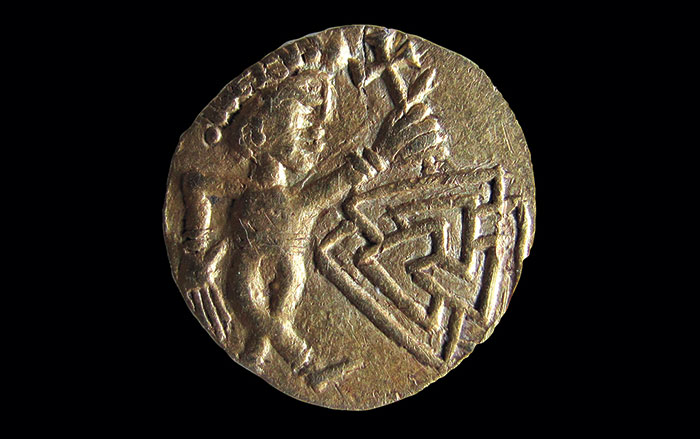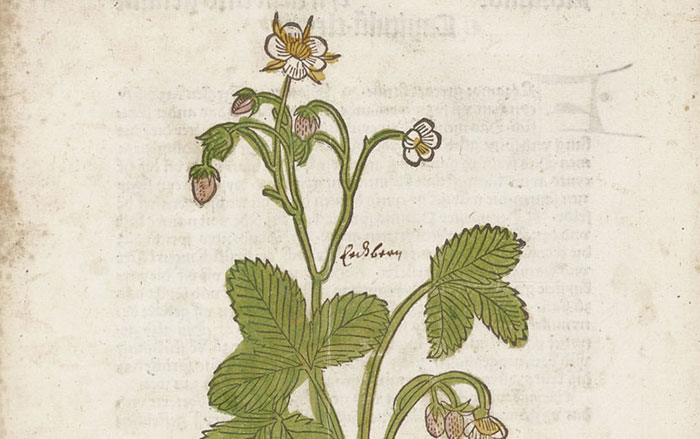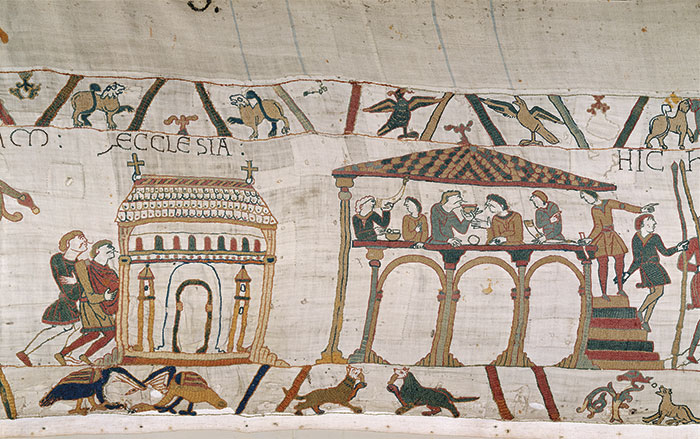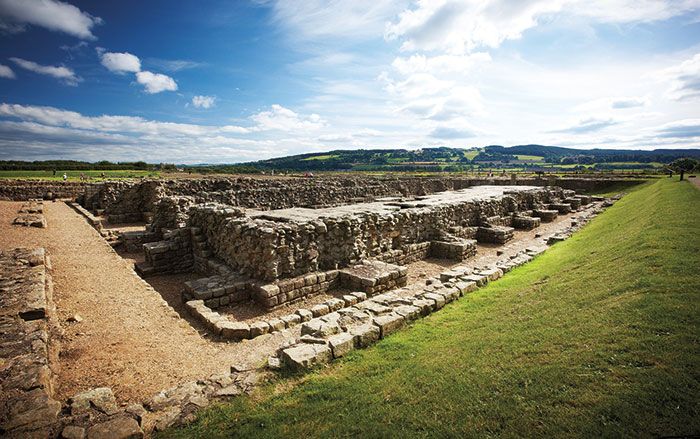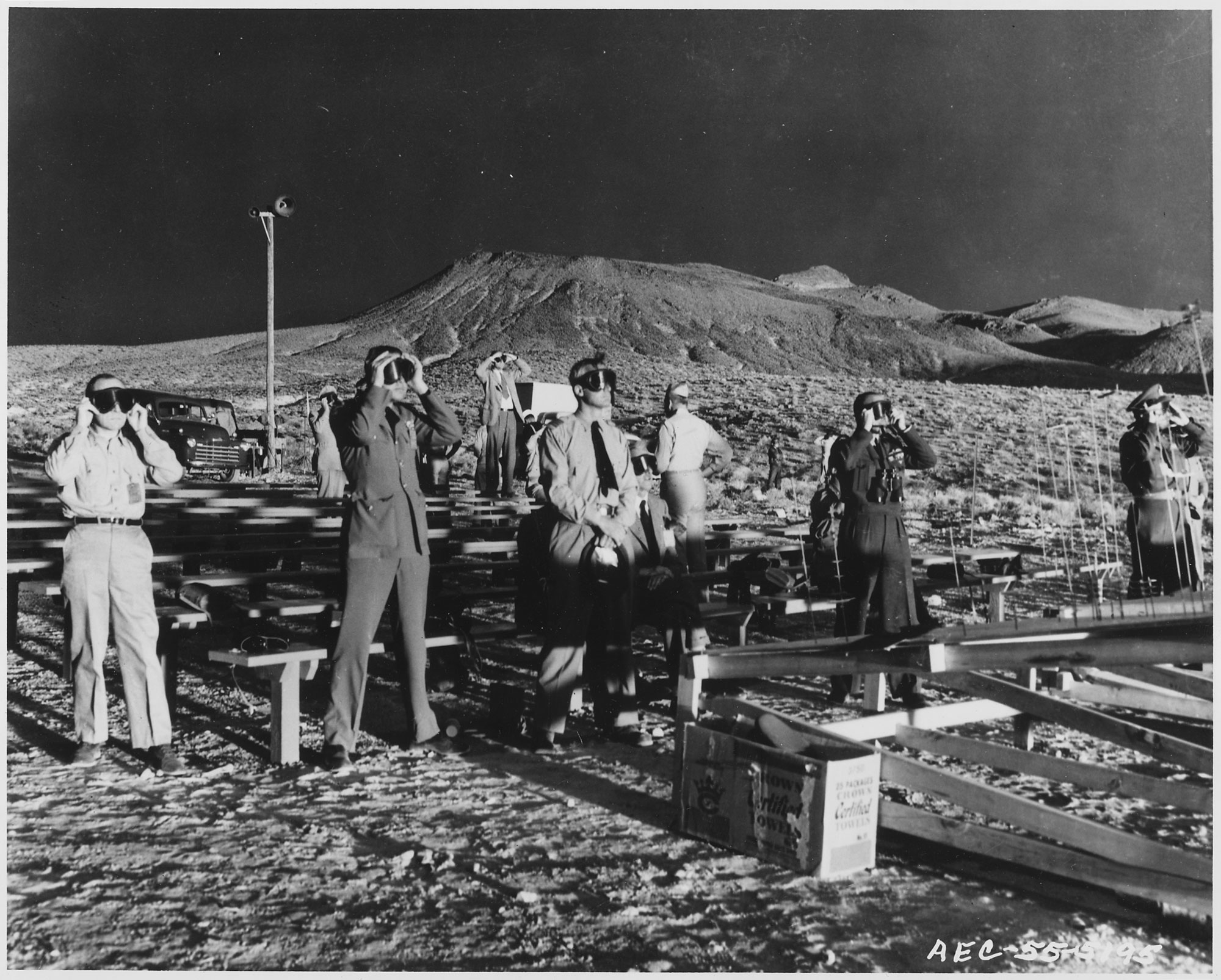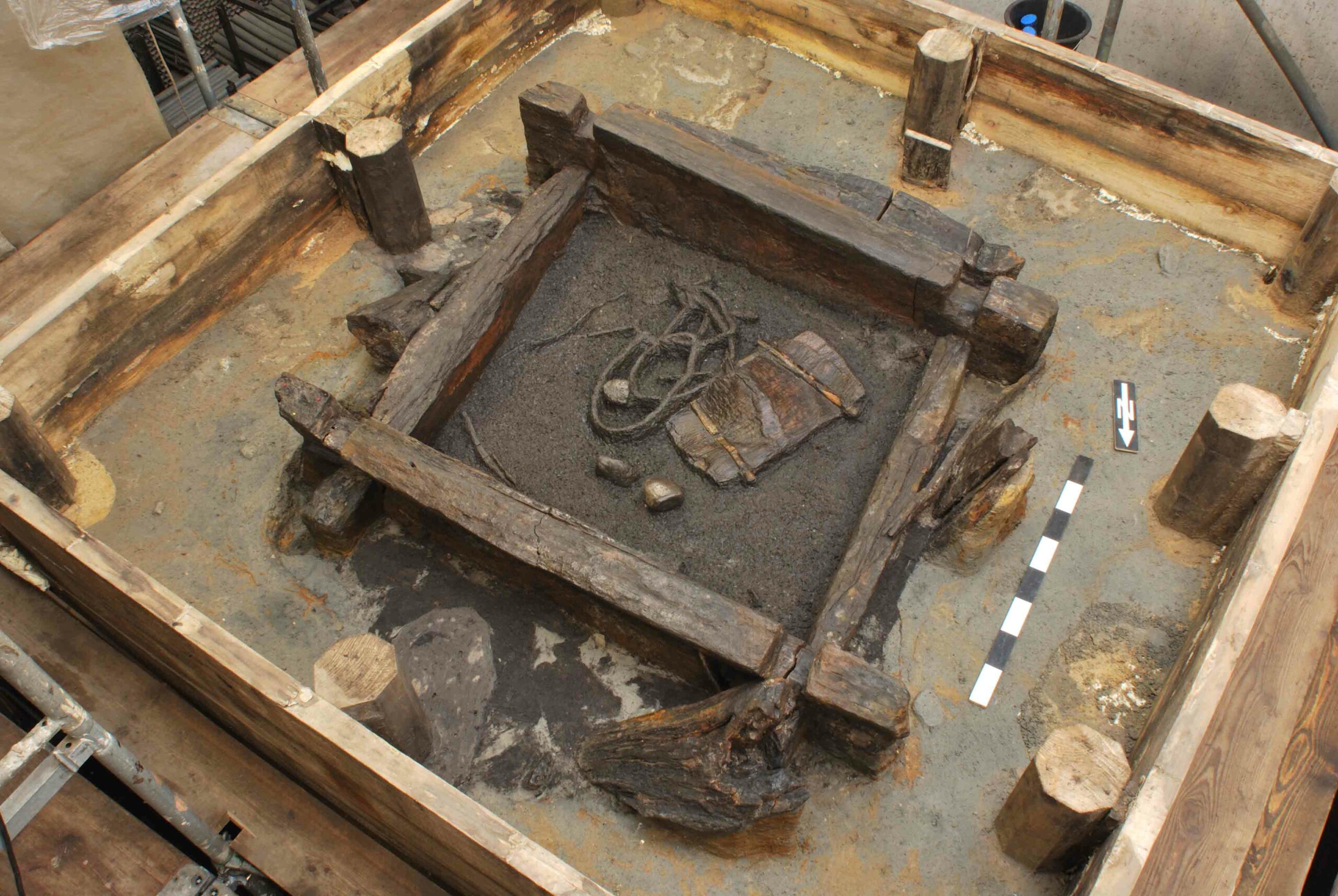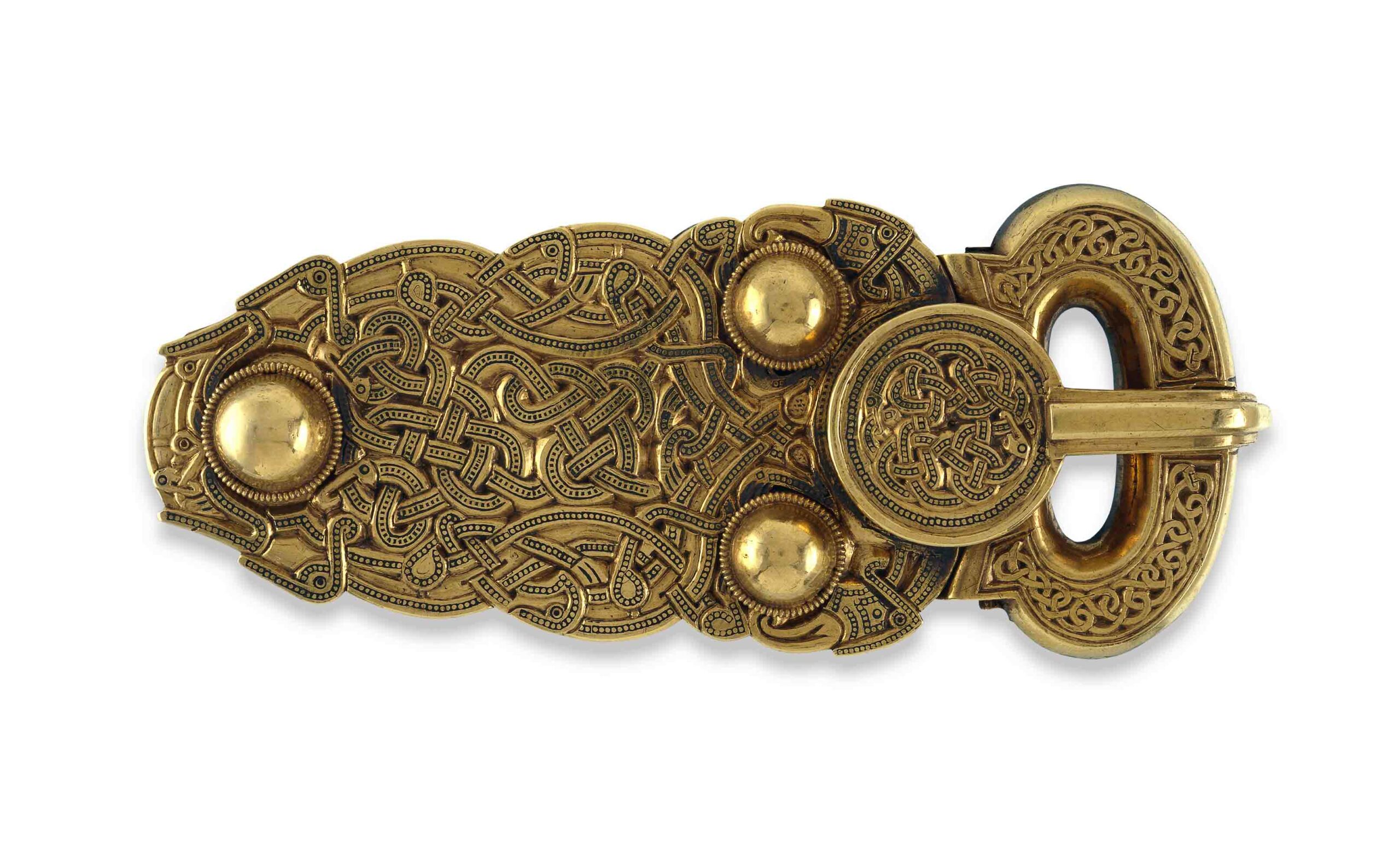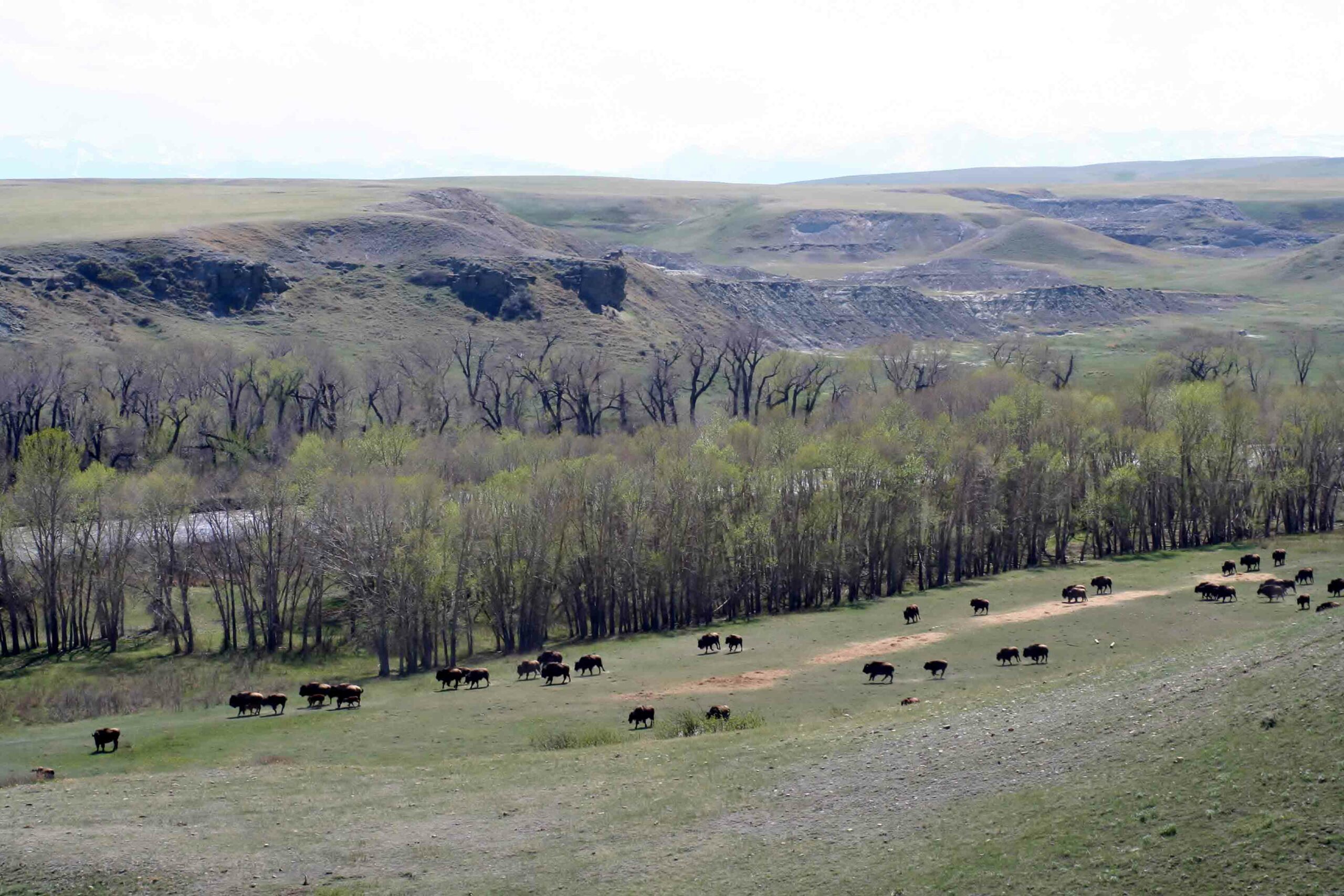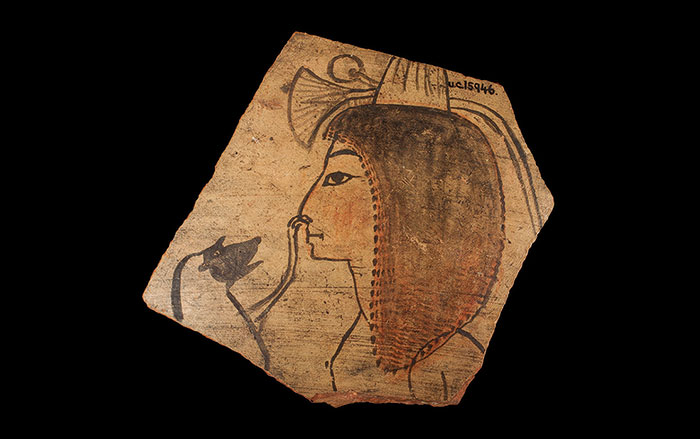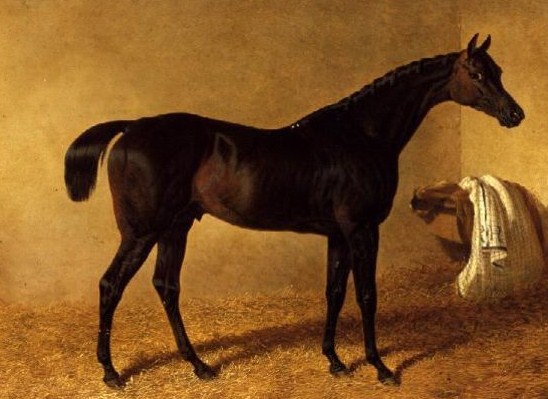
NEWMARKET, ENGLAND—Skeletal remains of a carefully buried racehorse have been uncovered at the seventeenth-century royal stables at Palace House in eastern England, the site of a new National Heritage Center for Horseracing and Sporting Art. The remains could be those of Doctor Syntax, a stallion who won 36 races between 1814 and 1823. “Where it was buried, it would make sense. Doctor Syntax was euthanized here in 1838,” curator Graham Snelling of the National Horseracing Museum told The Telegraph. Archaeologist Chris Faine of Oxford Archaeology points out that Doctor Syntax is thought to have been 28 when he died, but the skeleton’s teeth suggest that this horse was 18 to 20 years old at the time of death. “There’s no trace of any other injuries on the skeleton. The skull was heavily smashed, which means I can’t tell from it whether it was euthanized,” he said. The location of the burial in the palace yard would indicate that animal was one of the king’s favorites. To read about the excavation of a WWI-era equine hospital, see "England's Real-Life War Horses."


